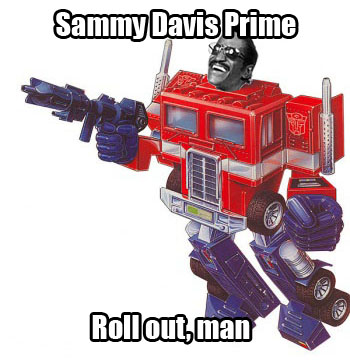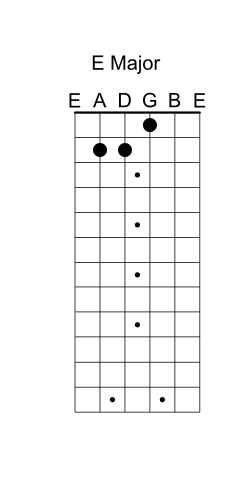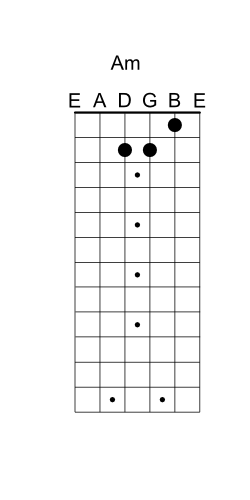
I was raised a pescetarian, which is a fancy way of saying I was a vegetarian who ate seafood. I understood at a very young age the difference between vegan and vegetarian, and I never passed judgment on those with different dietary practices than mine. As an adult, I get to choose what I want to eat, and my vegetarian upbringing has a lot to do with the foods I eat today. At times, depending on the dish, I prefer a veggie-dog to a hot dog, and I love a Veggie Gourmet pizza from Round Table, or a vegetarian burrito from a local Mexican restaurant. But I also happen to enjoy bacon, fried chicken, ribs, calamari, salmon, hamburger, squid, and many other prepared meats both common and obscure. The diet does not make the man, so I have no judgment or resentment for another person based on their eating habits, that would be immature, in both the social sense and the spiritual sense. The apostle Paul has gone on record and given us his thoughts on judging others based on dietary practices in Colossians chapter 2 and verses 16 and 17:
Therefore no one is to [n]act as your judge in regard to food or drink or in respect to a festival or a new moon or a Sabbath [o]day— 17 things which are a mere shadow of what is to come; but the [p]substance [q]belongs to Christ. [Source]
These verses apply to new covenant Christians who live without the requirements of the law regarding dietary restrictions, ceremonial washings, religious festivals and many (possibly hundreds) of other physical acts that all represent Christ and his holiness. But they also apply, in a more general sense, to our attitudes in general about one another’s personal lifestyle preferences, especially those in which there is no apparent sinfulness. Continue reading



